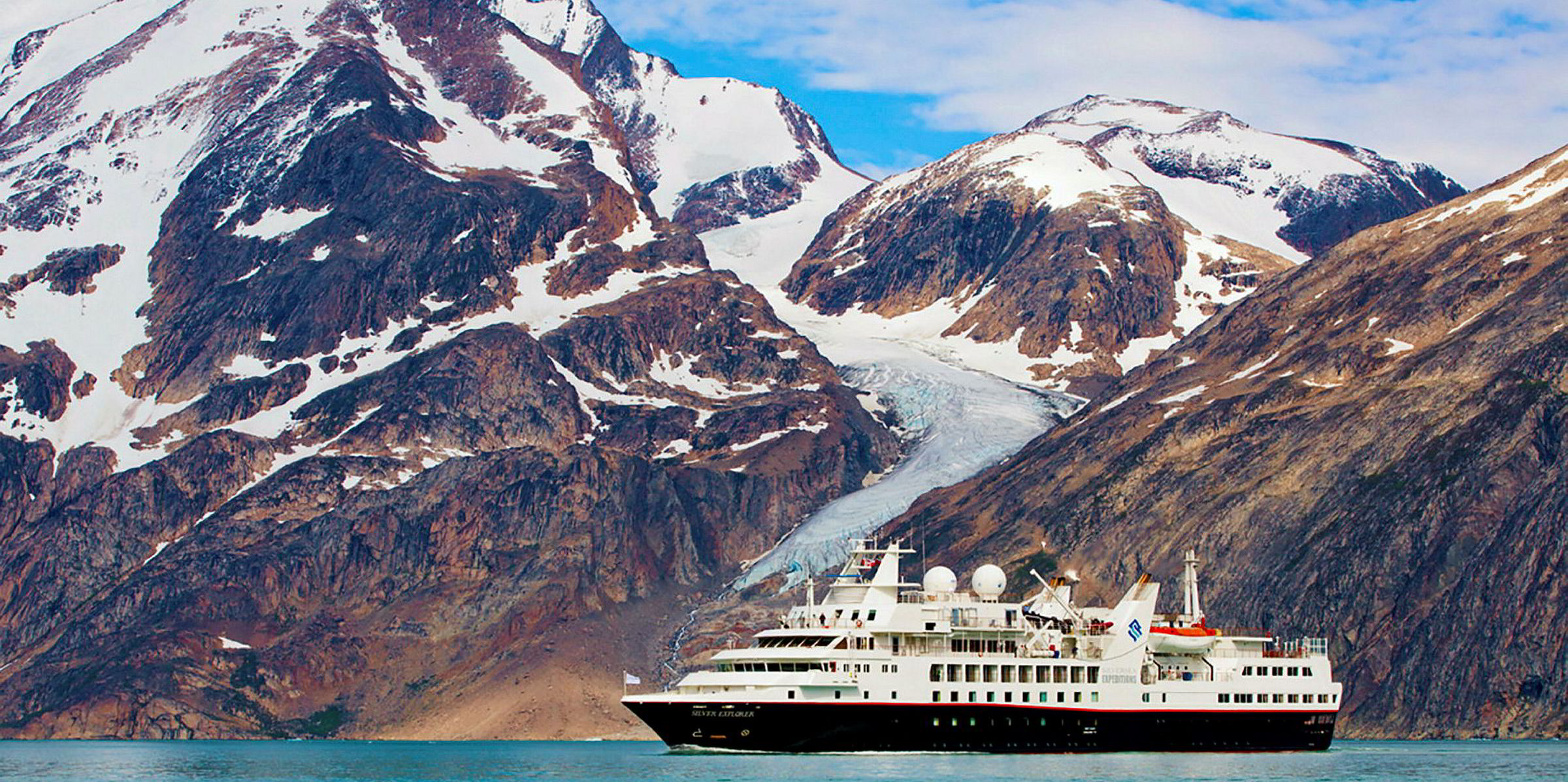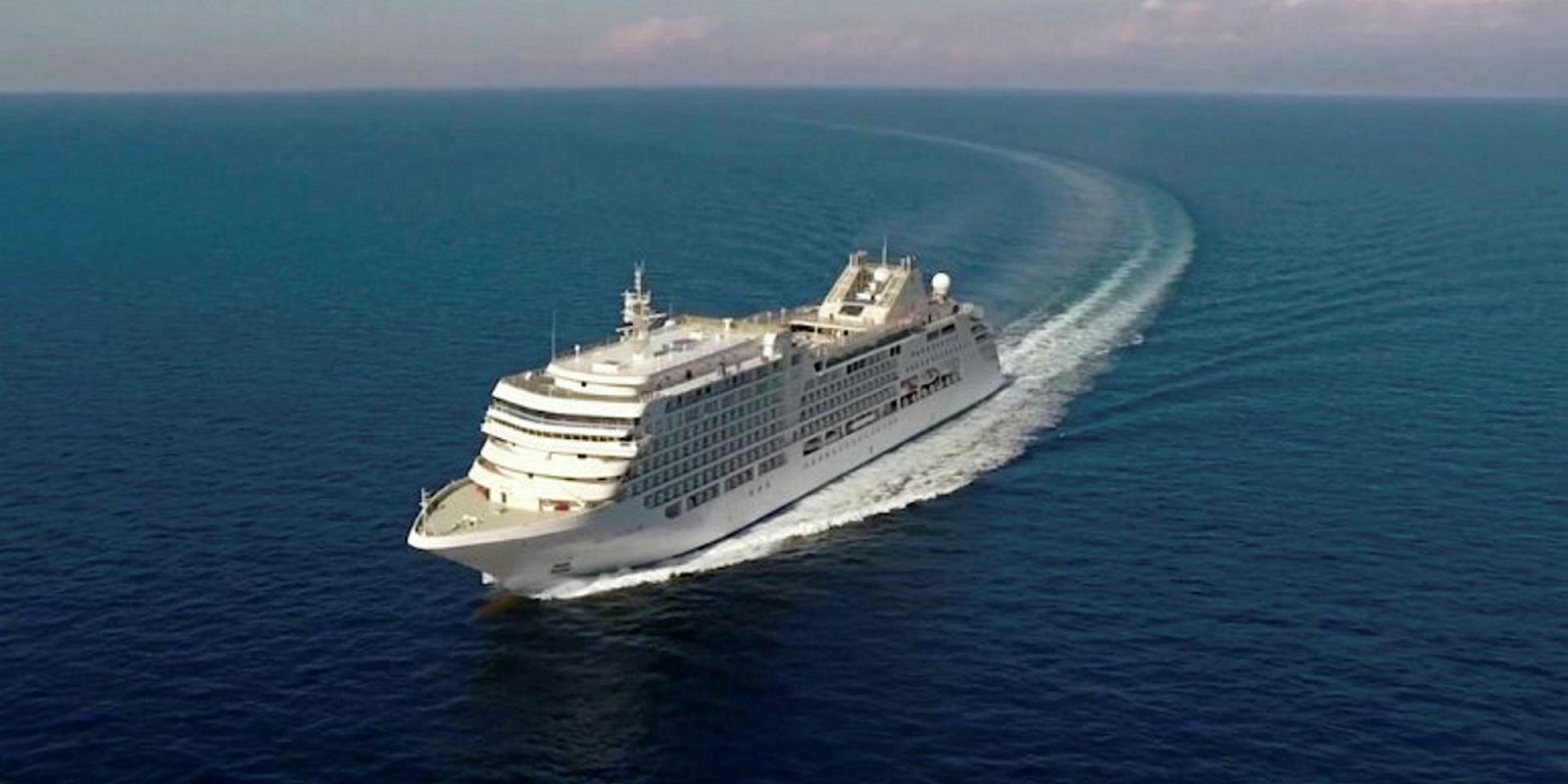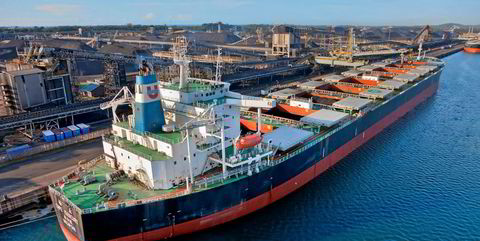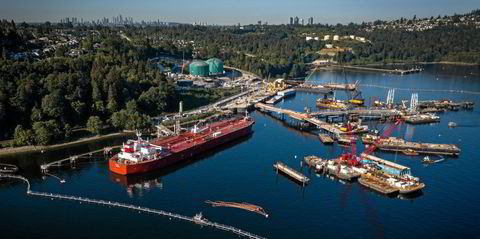Royal Caribbean Cruises’ purchase of a 66.7% stake in Silversea has drawn mixed opinions about its impact on the expedition and luxury cruise markets.
Some see it as a threat to smaller competitors, while others regard it as a welcome challenge.
Infiniti Research analyst Assia Georgieva says Royal Caribbean’s capital will allow Silversea Cruises to expand its fleet more quickly.
“It’ll put pressure on the rest of the private companies to keep up,” she told TradeWinds. “It’ll be interesting to see how this affects the luxury market because of the firepower that Royal Caribbean brings to the table.”
She says Royal Caribbean may order two expedition ships with an option for two more around 2020 to 2022 to avoid overcapacity. Roberto Martinoli will stay on as Silversea chief executive; other management may not. “Royal Caribbean does things differently from Silversea,” Georgieva commented.
After the deal was announced last week, Royal Caribbean chief executive Richard Fain said the $1bn transaction will turn his company into a “material player” in both the luxury and expedition markets.
Silversea will add nine vessels to Royal Caribbean’s fleet of 50 vessels across its Royal Caribbean International, Celebrity Cruises and Azamara Club Cruises brands. The US-listed cruise major also owns stakes in German brand TUI Cruises, Spanish brand Pullmantur and China’s SkySea.
Neils-Erik Lund: I believe Silversea will be able to expand the demand for expedition cruises... I see it as a positive for the entire expedition segment
Royal Caribbean’s rationale for taking a majority stake in Silversea includes driving long-term capacity growth in the luxury and expedition markets at a much larger scale than the smaller outfit could achieve.
New destinations
It also plans to leverage both companies’ global footprints to generate demand and new destinations, as well as realise synergies related to global market access and economies of scale.
Suntrust analyst Patrick Scholes says competitors should not panic about Silversea’s backing by Royal Caribbean, which is keeping guidance at $8.70 to $8.90 per share.
Also, the company paid 14 times Silversea’s Ebitda, whereas Norwegian Cruise Line paid only 11 times in 2014 for Prestige Cruises, parent of Oceania and Regent Seven Seas Cruises.
“We believe RCL’s price tag for Silversea can only be a positive data point for NCLH,” Scholes wrote in a note to clients, referring to Royal Caribbean and Norwegian Cruise Line Holdings by their stock ticker symbols.
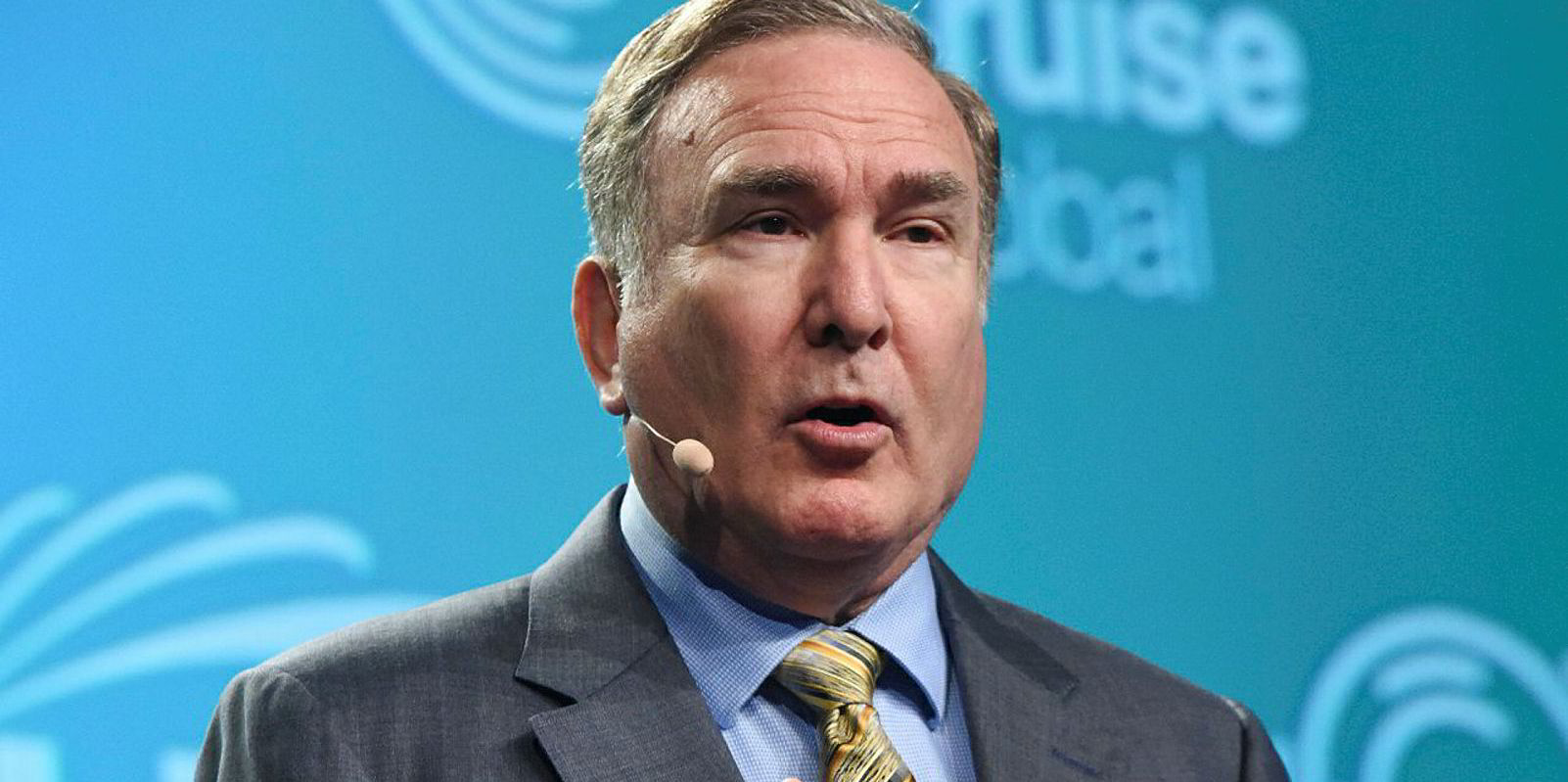
Royal Caribbean’s move sets it apart from the other big cruiseship owners, which have so far avoided expedition ships.
When asked whether Carnival Corp planned to get into expedition cruising, spokesman Roger Frizzell said his company already has a number of private islands and is one of Alaska’s largest tourist companies.
SunStone Ships, a Miami owner of 10 expedition ships, looks at the latest development with a bit of optimism. Chief executive Niels-Erik Lund says Royal Caribbean might enlarge Silversea’s fleet but it could also bolster expedition awareness and marketing.
“Due to this, I believe that Silversea will be able to expand the demand for expedition cruises,” Lund said. “It is not all passengers there who can afford the upscale Silversea product, so I see it as a positive for the entire expedition segment."
Stand-alone luxury cruise providers may struggle against behemoth-backed operators such as Carnival-owned Seabourn, but the market has plenty of demand, said Tigress Financial Partners analyst Ivan Feinseth. “The whole cruise industry, which accounts for only 7% of the vacation sector, is experiencing constant growth,” he told TradeWinds.
The number of passengers worldwide is projected to grow to 28 million this year, up from 17.8 million in 2009, according to the Cruise Lines International Association. Still, the well-capitalised majors are adding only about one luxury or expedition ship a year to avoid overcapacity, Feinseth noted. “The industry can only grow as much as they add ships.”
